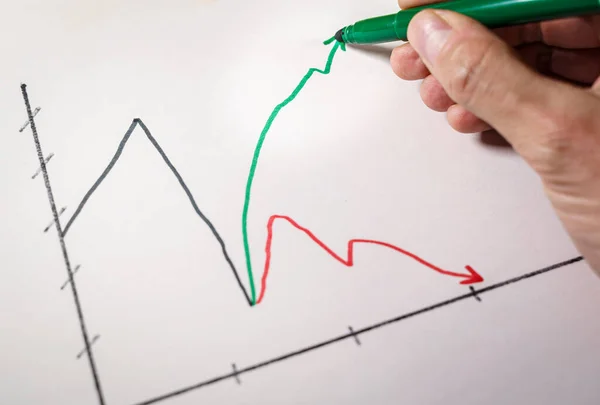
It’s easy to think of “the economy” as one thing but what happens when it starts pulling in two completely opposite directions at once? That’s exactly what’s occurring in the U.S. right now, with affluent Americans still spending freely on luxury goods and services while less well-paid families are cutting back. Economists call it a “K-shaped” economy, and the gap is appearing in everything from the aisles of supermarkets to airplane cabins.
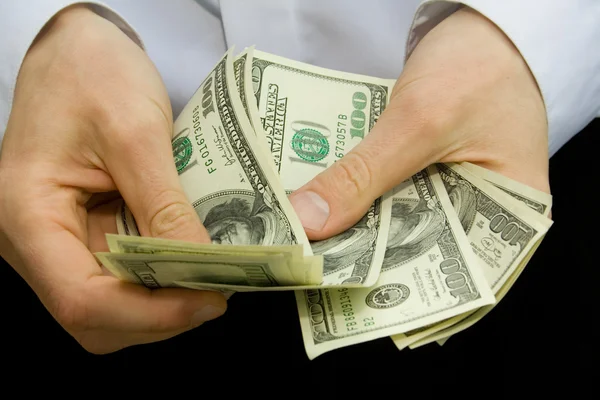
1. Daily Needs Spend Splits
The split is state-of-the-art in beverage and food. During an interview with CNBC, Coca-Cola CEO James Quincey remarked that growth in sales is being driven by premium products such as Topo Chico sparkling water and Fairlife protein shakes top favorites among high-income shoppers. The firm at the same time is experiencing intense demand in dollar stores, where budget-conscious consumers seek bargains.

McDonald’s CEO Chris Kempczinski described the circumstances as a “two-tier economy,” saying traffic from lower-income consumers is declining double digits as they are deciding to forgo meals or consume them at home. Chipotle CFO Adam Rymer testified that lower-income consumers are cutting back, which affects how the chain manages pricing.
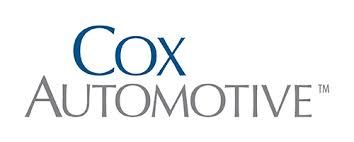
2. Auto Market Hits Record Highs
The total cost for a new vehicle broke $50,000 for the very first time in any one month, according to Kelley Blue Book of Cox Automotive.
Executive analyst Erin Keating clarified, “Today’s car market is being fueled by better-off households that are able to access capital, good loan terms and are assisting the upper end of the market.” Defaults and repossessions on consumers with FICO scores of 620 or lower are increasing, which indicates just how pricey prices are excluding lower-income consumers. Historical information indicates the proportion of vehicles purchased above $50,000 almost doubled from 2019 while lower-cost models decreased.
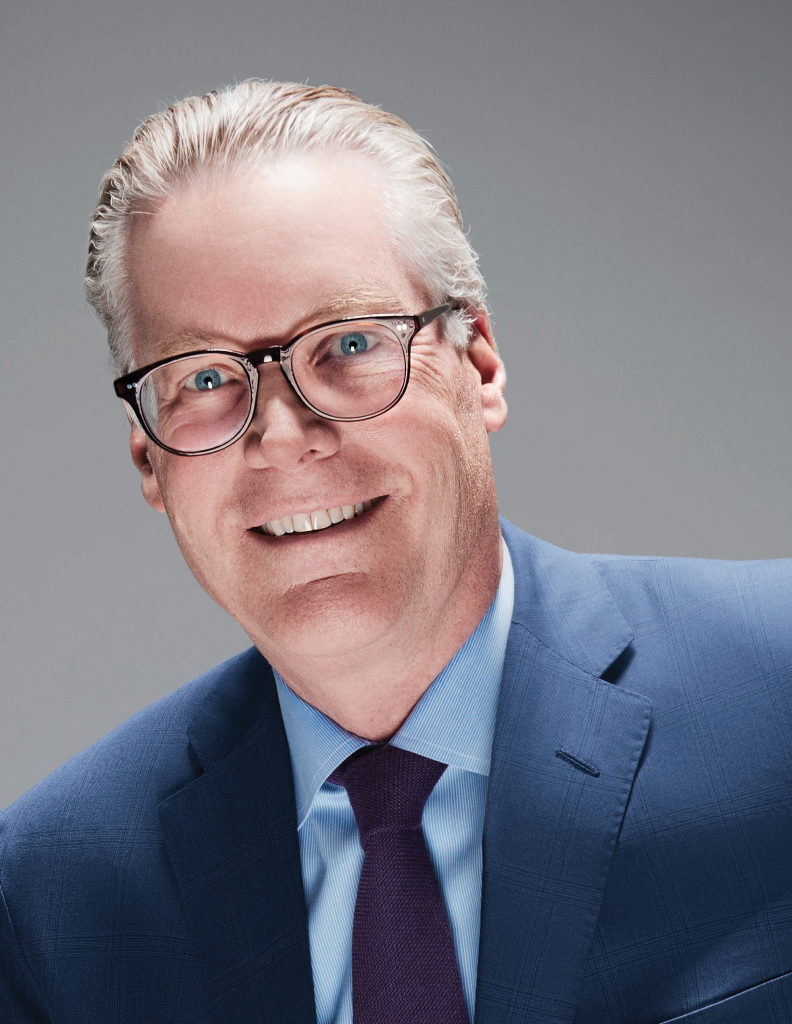
3. Airlines Lean Into Premium Cabins
Delta Air Lines CEO Ed Bastian recently signaled that premium product sales will outpace coach cabin sales in the coming year, with demand for more expensive seats not slowing down. It’s the fruition of decades of investment into premium products, powered now by affluent consumers paying extra for comfort. It’s an unmistakable indication the top tier of the “K” is fueling travel segment growth.
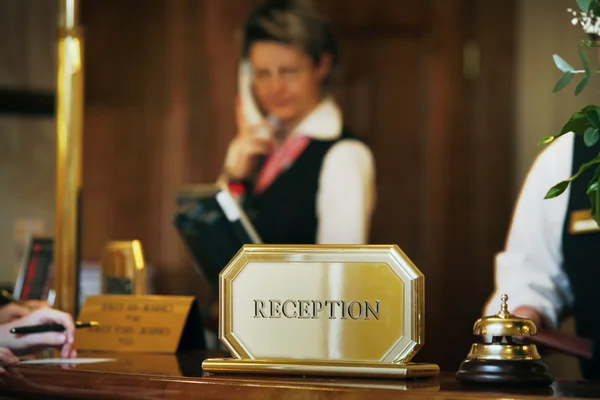
4. Bifurcated Recovery for Hospitality
Hilton CEO Christopher Nassetta observed a bifurcation in hotel performance but forecasted it will not prove to be lasting, according to expectations of inflation and easing interest rates.
Upscale brands are performing well, but revenue at the lower-priced chains such as Hampton by Hilton is down. Economy hotels have posted 18 consecutive months of decreases in revenue-per-available-room, STR data indicate, with occupancy frequently under 55%. “Credit card delinquency rates are a more indicative metric for economy hotel demand than growth in GDP,” said analyst Hannah Smith, noting the economic pinch on budget travelers.
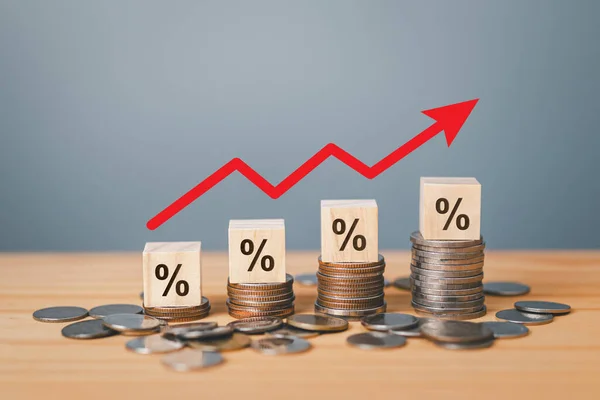
5. Inflation’s Unequal Burden
This week’s release of the Consumer Price Index report will provide new insight into pressure on inflation.
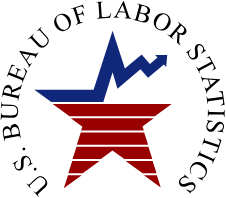
The U.S. Bureau of Labor Statistics analysis suggests that between 2006 and 2023, the poorest households experienced about 0.28 percentage points more inflation every year than the richest segment. The difference grows larger when comparing chained CPI, which better gauges cost-of-living increases. Lower-income households allocate a greater percentage of their budget to staples such as food, rent, and gasoline above-average growth categories giving them little room for bearing higher costs.

6. Business Strategies in a Divided Market
Businesses are shifting to bifurcation by modifying products to cater to specific income groups. McDonald’s, for example, places value menus to keep price-conscious consumers. Others, such as Delta and upscale hotel brands, fold in on luxury experiences. Overreliance on wealthy customers is perilous, experts caution: “If that bubble bursts, that has pretty dramatic implications across the economy,” said Morning Consult Chief Economist John Leer.
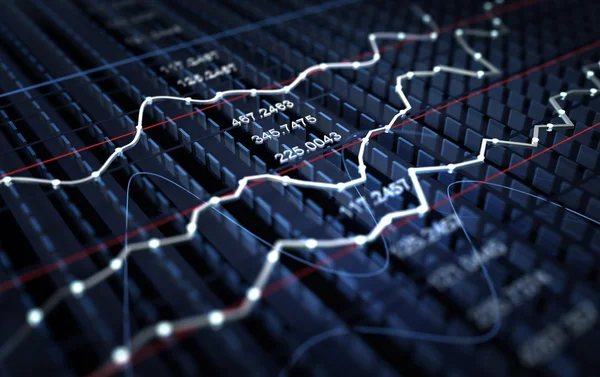
7. Historical Context and Long-Term Risks
Economic bifurcation has long been a fact. Previous cycles, such as the early 2000s and the recovery post-2008, existed with splits similar to today’s but based on asset market appreciation and tech growth in high-income households. The AI boom, for instance, has largely benefited higher-income households while doing little to improve wage growth for those in the bottom quartile. Persistent inflation and income differences over time can expand, exacerbating inequality and transforming consumer markets.
The “K-shaped” economy is less myth than metaphor; it’s a graph of how various income groups track relative to growth, inflation, and opportunity. To steer through the coming era of economic transformation, it’s critical that businesses, investors, and politicians understand these diverging trajectories.


